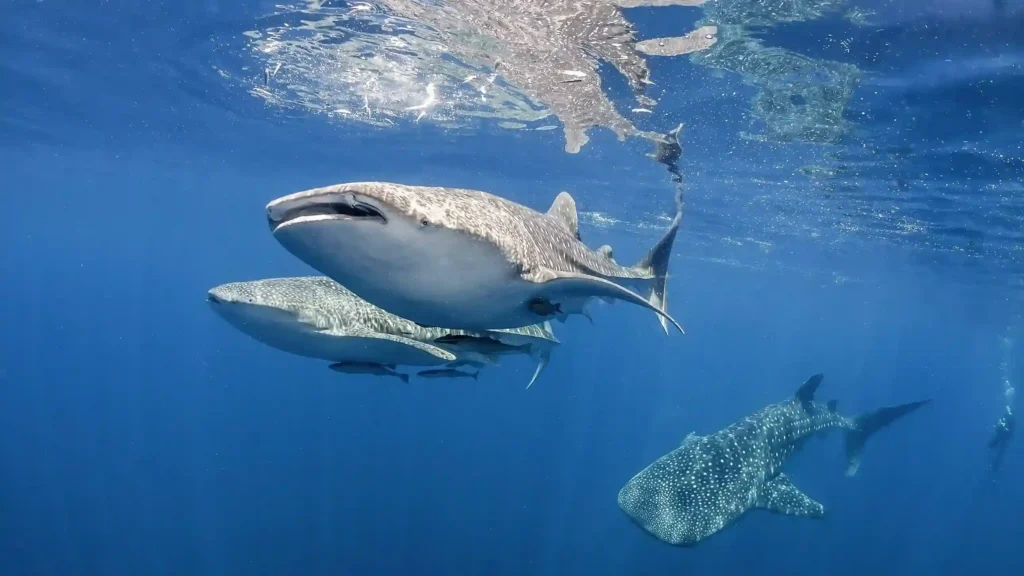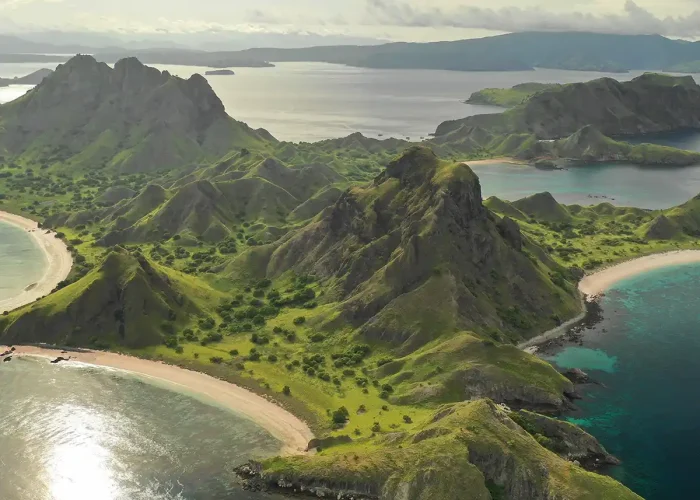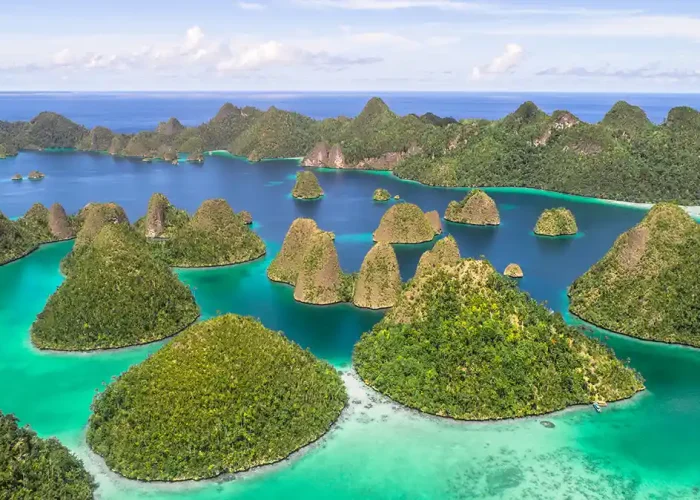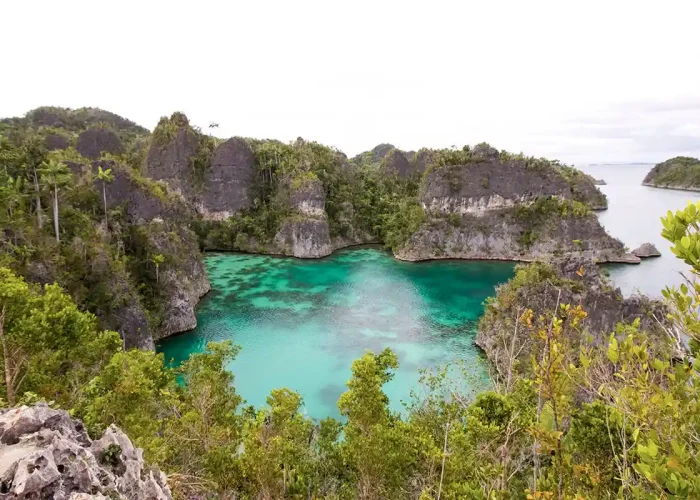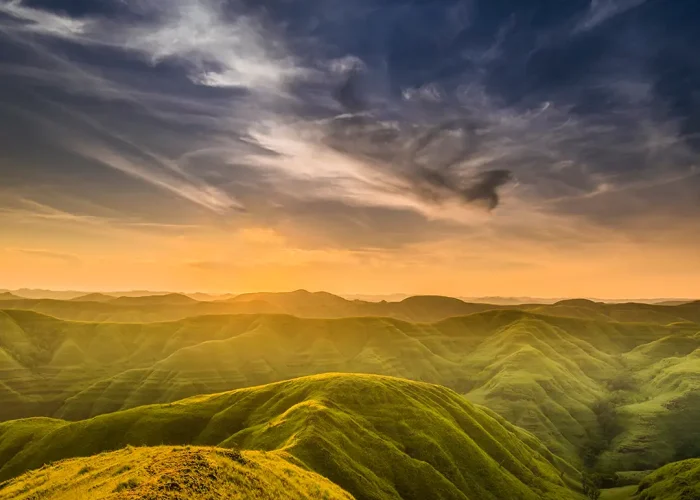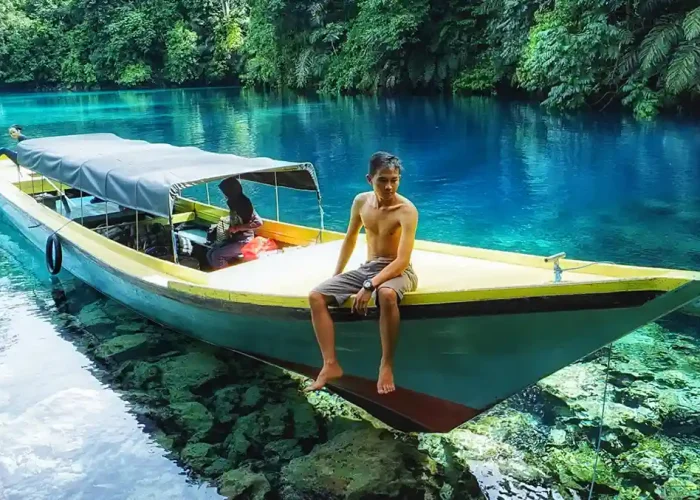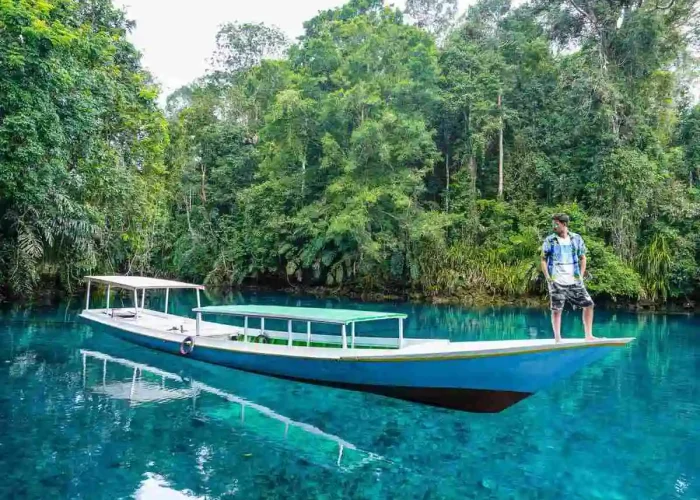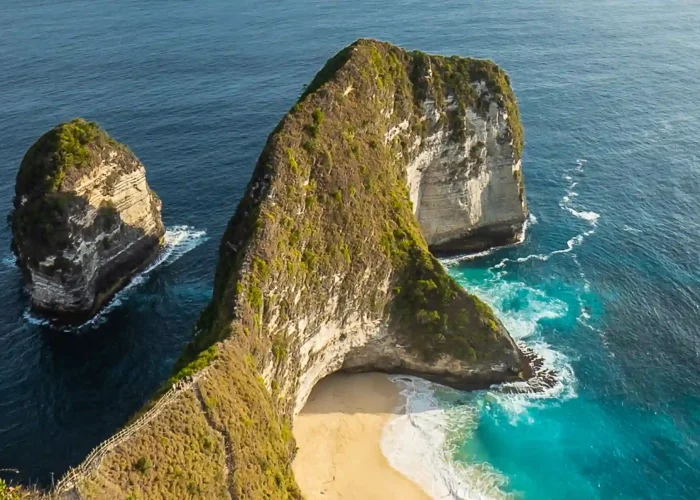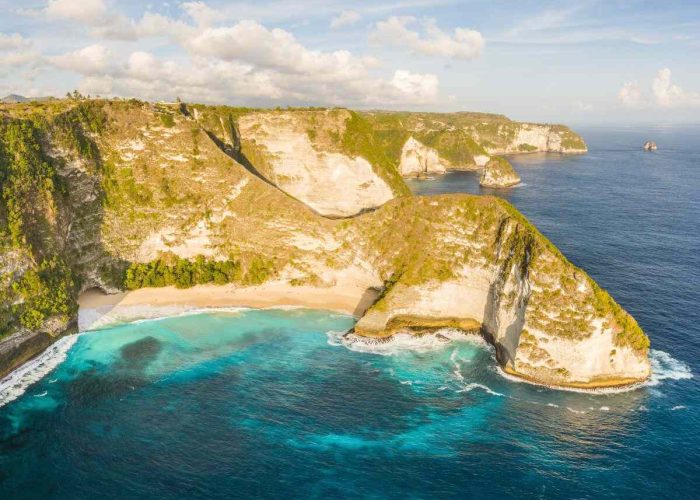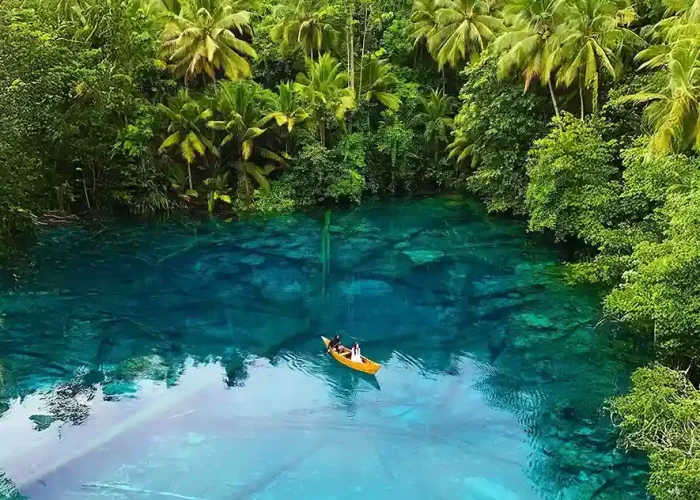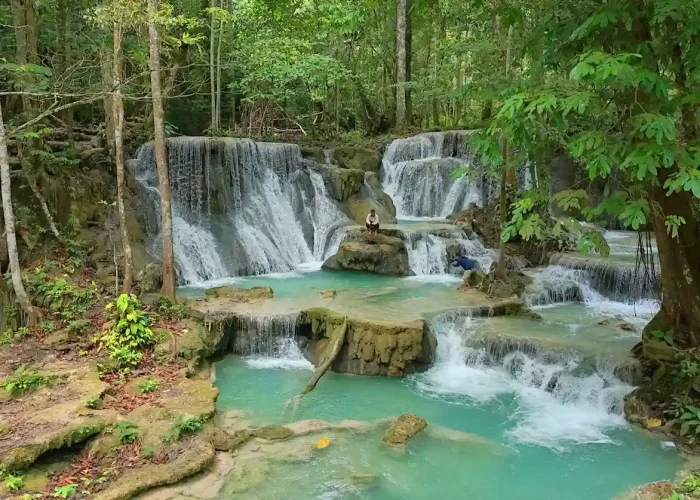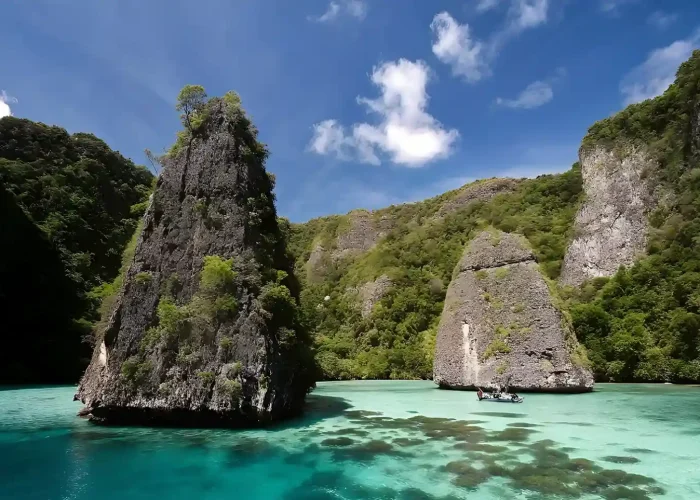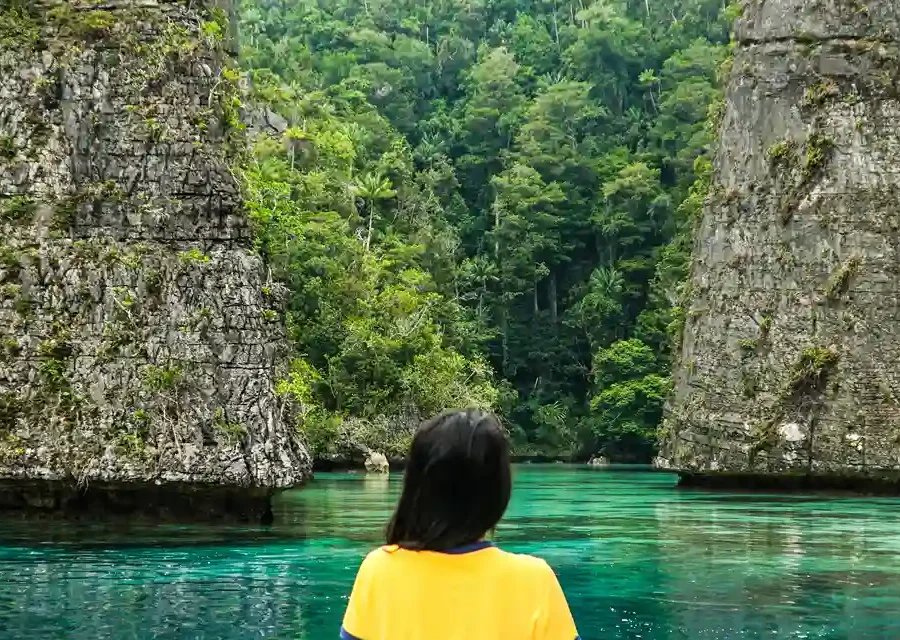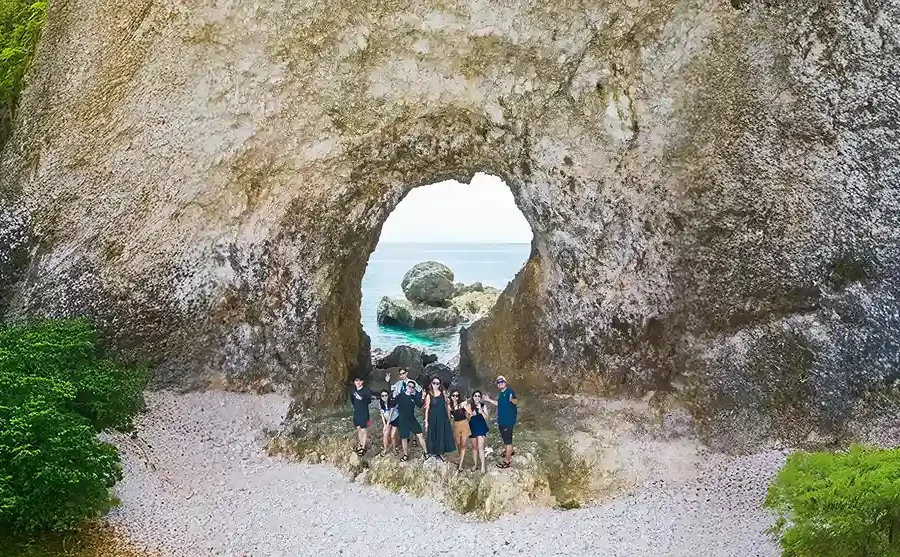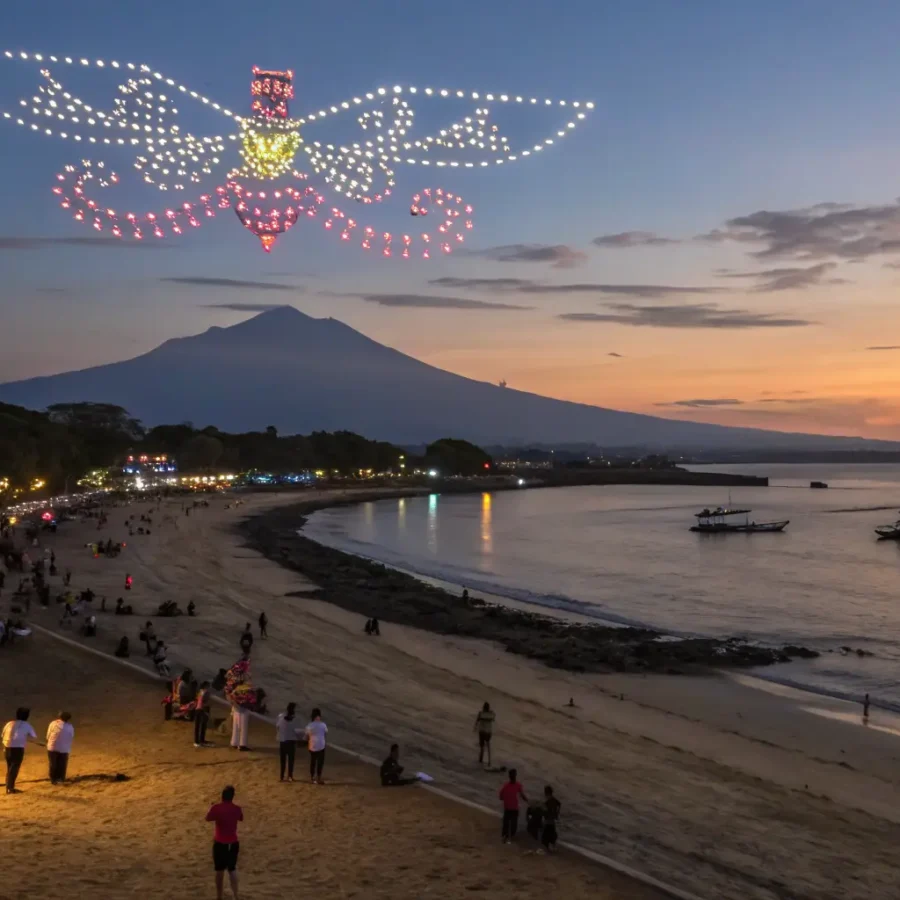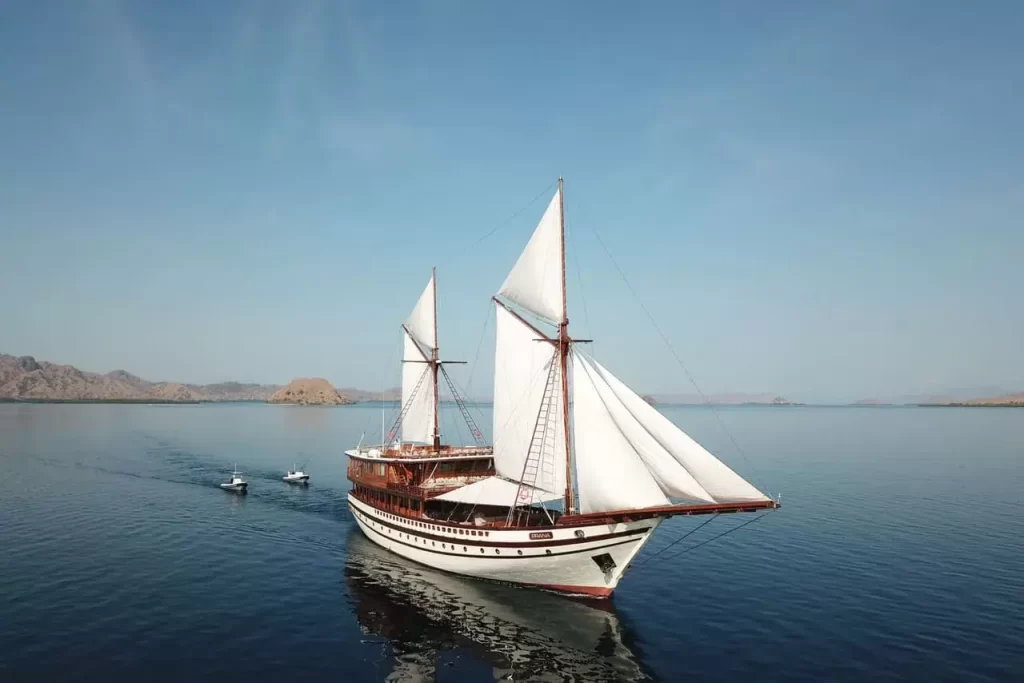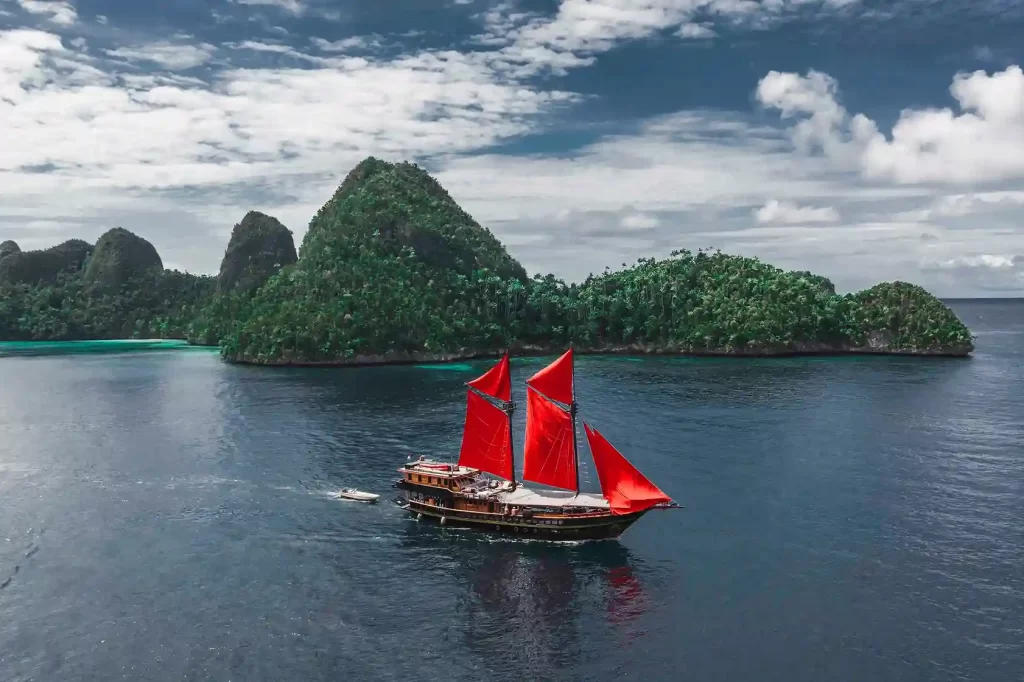Imagine yourself snorkeling in crystal-clear water when suddenly, a gentle giant glides slowly right in front of you. It’s a mix of awe and excitement, isn’t it? That’s the kind of moment travelers seek when swimming with whale sharks. These marine giants, also known as Rhincodon typus, have become icons of marine tourism in several spots across Indonesia.
But before you rush to book a trip, there’s one important thing you need to know: tips for swimming safely with whale sharks. It’s not only for your safety but also for the well-being of these gentle creatures that deserve to live freely without stress. Keep reading to make sure your experience isn’t just for the Instagram feed, but also a responsible one.
Table of Contents
Whale Sharks: The Gentle Giants of the Sea
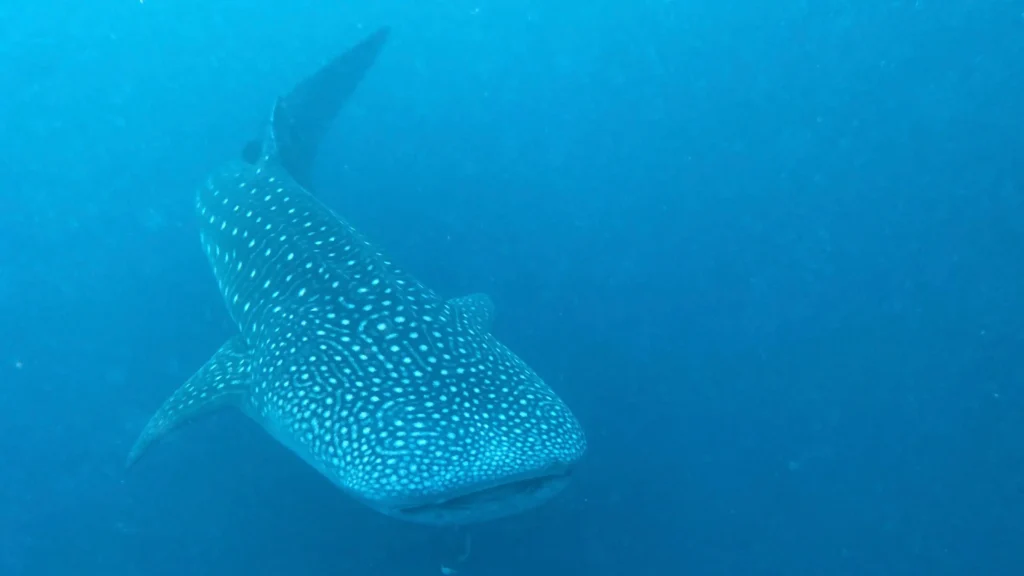
The whale shark (Rhincodon typus) is the largest fish in the world, reaching lengths of more than 12 meters and weighing up to 20 tons. Despite their enormous size, there’s nothing to fear, whale sharks are not fierce predators. They’re filter feeders, consuming only plankton, small fish, and shrimp. So, instead of being intimidating, they’re actually calm and peaceful creatures to encounter.
If you observe closely, whale sharks tend to swim slowly and often surface to feed. With their wide mouths, they can filter thousands of liters of water in a single movement to capture plankton. You might be shocked by their size, but once you understand their calm behavior, interacting with them feels more soothing than scary.
Whale sharks are also solitary by nature, usually swimming alone but sometimes gathering when food is abundant. Known as long-distance migrators, they can travel thousands of kilometers following plankton routes. Because their population is vulnerable due to hunting and boat collisions, it’s crucial to maintain a respectful distance and follow the rules whenever you have the chance to snorkel with whale sharks in their natural habitat.
Tips for Swimming Safety with Whale Sharks
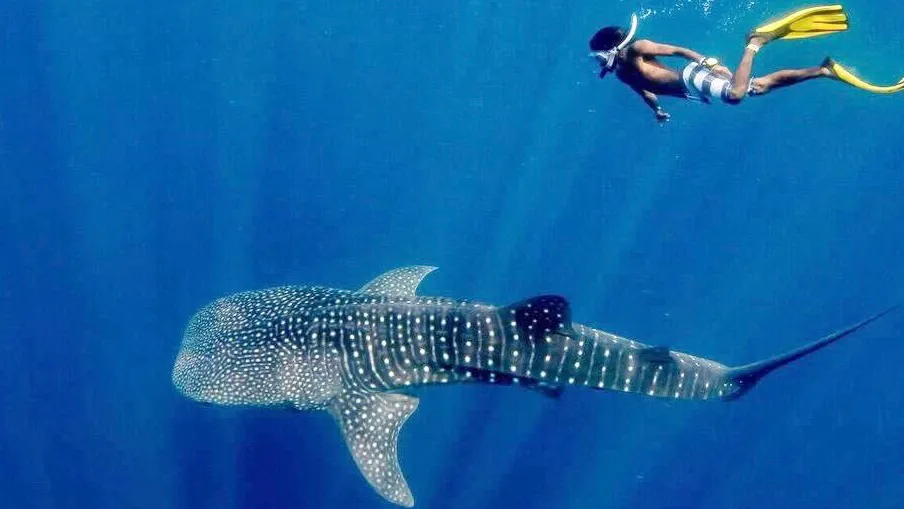
Now that you understand their gentle nature, it’s time to learn the right way to interact with them. Encountering such a massive creature can be thrilling, but by following the correct guidelines, you can stay safe while keeping the whale shark comfortable. Here are essential tips for swimming safely with whale sharks you should know.
Use Complete Snorkeling Gear
Before jumping into the water, make sure your snorkeling equipment is ready. A good-quality mask, snorkel, and fins will help you enjoy the moment without having to hold your breath for too long. If you’re not confident swimming in deep waters, consider wearing a life vest for extra safety. Also, ensure your gear fits properly and is in good condition. A leaky mask or loose fins can make you tired quickly. So, check your equipment carefully to make sure your whale shark snorkeling experience goes smoothly.
Enter and Move Calmly in the Water
When it’s time to get in, avoid jumping or splashing around. It’s best to slide gently into the water so the whale sharks aren’t startled by your presence. This helps maintain a calm atmosphere and lets you adjust to the ocean environment naturally. Once underwater, move slowly and avoid sudden gestures. Let the whale shark approach you on its own. The calmer your movements, the more natural and comfortable the interaction will feel.
Keep a Safe Distance
Remember, whale sharks are huge! Always maintain a safe distance, at least 3–4 meters from the head and around 4 meters from the tail. That way, you can still observe them clearly without the risk of being hit by a strong fin movement. Keeping your distance also helps them move freely without feeling trapped by humans. So even if you’re curious, prioritize safety and mutual respect.
Don’t Touch, Chase, or Ride the Whale Shark
It might be tempting to reach out and touch them, but that’s a big no. Whale sharks have sensitive skin that can be easily damaged by human contact. For the best experience, simply admire them from the side, no touching needed. Never try to chase or ride a whale shark either. Such actions can stress them out and disrupt their natural behavior. Let every encounter happen naturally, that’s what makes it truly memorable.
Don’t Feed the Whale Sharks
You might’ve seen people feeding whale sharks to make them come closer. However, this practice can harm their natural feeding habits. Over time, they could become dependent on humans for food. Instead, let them feed naturally in their own habitat. This way, their natural behavior stays intact, and the marine ecosystem remains balanced. Always remember: responsible whale shark encounters mean no feeding.
Don’t Use Camera Flash
If you bring an underwater camera, make sure to turn off the flash. Sudden bursts of light can startle whale sharks, causing them to swim away faster, and cutting your interaction short. Use the ocean’s natural light instead. You’ll still get stunning photos without disturbing these gentle giants. The more mindful you are of small details like this, the better your whale shark photography experience will be.
Follow the Guide’s Instructions
Before entering the water, you’ll usually get a safety briefing from your guide. This includes how to enter the water, where to position yourself, and what to avoid. Paying attention will make your experience safer and more enjoyable. Guides are trained to read ocean conditions and understand whale shark behavior. They’ll know when it’s time to move, keep distance, or leave the water. So, following their instructions means you’re protecting both yourself and the whale shark.
Read more: Best Time for Snorkeling in Derawan: Find Out Here!
Mind Your Time in the Water
Swimming with whale sharks is so mesmerizing that you might lose track of time, but there are rules. Each group is usually limited to 15 minutes with up to six snorkelers. Only about 40 people are allowed per day, so use your time wisely. Being aware of time ensures fairness for everyone and prevents the whale sharks from feeling crowded. So, savor every minute calmly without rushing.
Don’t Litter in the Ocean
Even small litter can cause big problems underwater. Plastic or food wrappers might accidentally be swallowed by whale sharks, threatening their health. Always take your trash back to shore. Keep it in your bag until you find a proper bin. With this simple habit, you’re already helping keep the ocean clean and safe for marine life.
Don’t Damage the Marine Habitat
The ocean is home to countless species beyond whale sharks. Touching or stepping on corals can damage fragile ecosystems. So even if you’re curious, observe respectfully without causing harm. For a meaningful experience, simply enjoy the natural beauty as it is. Let every marine creature stay in its place, so future visitors can enjoy the same wonders you do.
Use Eco-Friendly Sunscreen
You’ll definitely want sun protection while snorkeling, but choose reef-safe sunscreen to avoid damaging coral reefs. These products are ocean-friendly yet still effective for your skin. Using eco-friendly sunscreen supports marine conservation, allowing whale sharks and other sea life to thrive without exposure to harmful chemicals. You’ll stay comfortable while doing your part to protect the ocean.
Popular Whale Shark Destinations in Indonesia
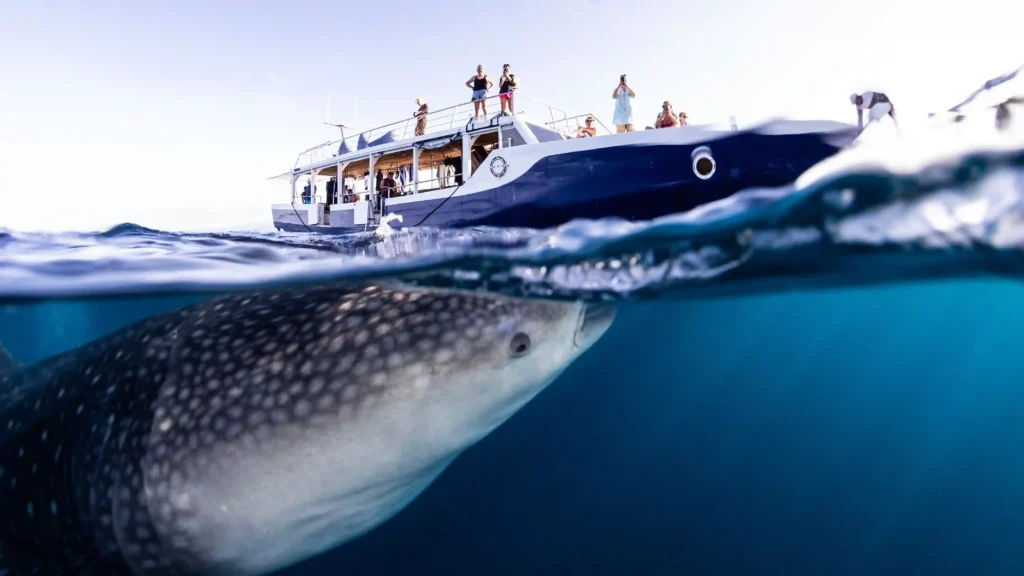
Swimming with whale sharks in Indonesia is a rare and unforgettable experience. Although these gentle giants can be found in tropical waters worldwide, there are the best destinations to swim with whale sharks in Indonesia, where you can encounter them up close. If you’re ready for this magical experience, here are some top spots to consider.
- Talisayan, Derawan
For a more peaceful atmosphere, head to Talisayan in Berau. Whale sharks often appear around local fishing platforms where they follow natural food sources. The crystal-clear water makes it easy to watch their graceful movements up close. - Saleh Bay, Sumbawa
If you visit Sumbawa, early morning at Saleh Bay is the perfect time to see whale sharks feeding. The area is also surrounded by small islands you can explore after snorkeling, making it a two-in-one adventure, whale shark encounter and island exploration. - Botubarani, Gorontalo
If you’re looking for a convenient location, Botubarani in Gorontalo is a great option. Whale sharks often swim close to the shoreline, so you don’t have to go far from the beach. With easy access, this spot is ideal for travelers with limited time.
Read more: Complete Guide to a Exploring Derawan with IndonesiaJuara Trip
Let’s Experience Swimming with Whale Sharks with IndonesiaJuara Trip!
Now that you know the safety tips and popular whale shark destinations in Indonesia, imagine what it’s like to actually be in the water with these gentle giants. It might sound nerve-wracking, but with the right guidance, you can enjoy every moment safely. That’s where a professional team makes all the difference.
When you join a trip with IndonesiaJuara Trip, everything is carefully arranged, from detailed briefings, snorkeler limits, to safe water entry techniques, so you can focus entirely on the experience. You’ll also have the bonus of underwater documentation to capture your special moments with the whale sharks.
The good news is, IndonesiaJuara Trip offers Derawan Tour packages with an exciting itinerary to Talisayan, one of the best whale shark spots in East Kalimantan. So, besides meeting these majestic marine creatures, you’ll also get to explore the beauty of Derawan’s waters. Don’t wait, make your dream of swimming with whale sharks in Indonesia come true with IndonesiaJuara Trip today!


